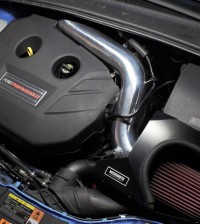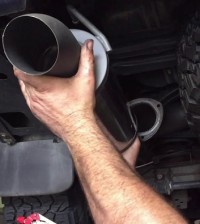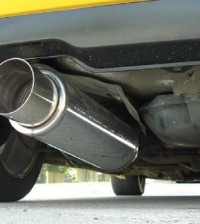How Aftermarket Exhaust Systems Differ From Stock Exhaust Systems
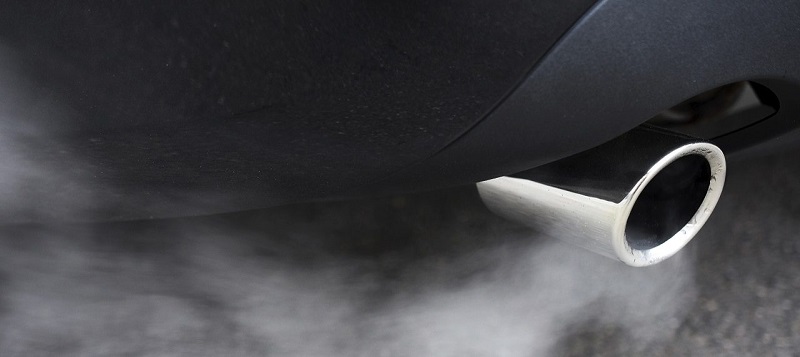
There are many different reasons why you’d want to replace your stock exhaust system for an aftermarket one. Exhaust note improvement, looks, performance benefits and improved mileage are the most popular ones. But how can an aftermarket exhaust system accomplish all of this? And what’s wrong with stock exhaust systems?
Well, technically, there’s nothing wrong with stock exhaust systems. They do the job just fine. But that’s exactly what their problem is, they do what they do just fine, not great, not excellent. On the other hand, aftermarket exhaust systems are specifically made to get the most performance possible out of your engine. They do that by implementing wider diameter pipes, mandrel bent exhaust tubing and using higher-quality materials.
Wider diameter pipes help in a way that they allow more room for gasses to flow through. This results in your entire system becoming more efficient at burning fuel and releasing the exhausts, which improves performance, reduces backpressure and improves mileage. Further, mandrel bent exhaust tubes are far less restrictive than conventional crush bent exhaust tubes.
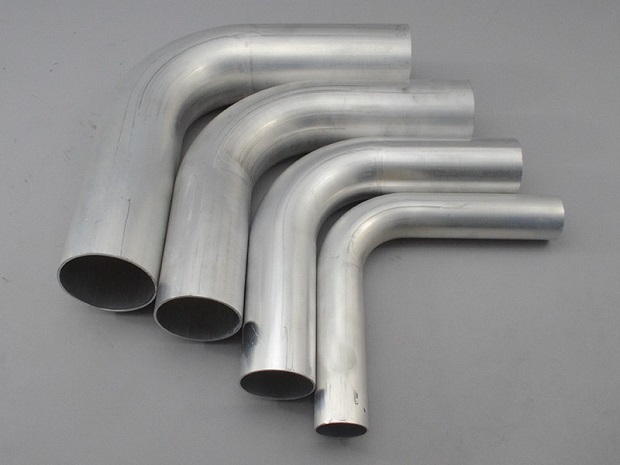
Furthermore, stock exhaust systems are usually made with mild steel, whereas aftermarket systems are made with stainless and aluminised steel. Stainless and aluminised steel are far more durable than mild steel, they perform better when placed under extreme heat, and they boast impact-, vibration- and corrosion-resistant properties which make them long-lasting. In fact, stainless steel aftermarket exhaust systems will typically outlast the lifespan of your vehicle.
Moreover, aftermarket exhaust systems come with performance parts, such as high-flow catalytic converters and extractors instead of manifolds. High-flow catalytic converters are much more efficient at converting the toxic exhaust gasses that come out of the engine as a result of the combustion process. Extractors are much more efficient at transporting the exhaust gasses from the cylinders to the catalytic converters without backpressure.
There are many different types of aftermarket exhaust system kits available nowadays, but you’ll typically come across header(extractor)-back, cat-back and axle back. The difference between these three types is how much of your stock exhaust they replace. Header-back exhaust systems replace the entire system and thus, offer the most benefits. Cat-back exhaust systems replace everything from the catalytic converter to the exhaust tip, and they provide moderate performance and fuel economy benefits, but also improve your vehicle’s sound and look. And lastly, axle-back aftermarket exhaust systems replace the mufflers and tip, thus only altering how your vehicle sounds and looks at the exhaust tip.

